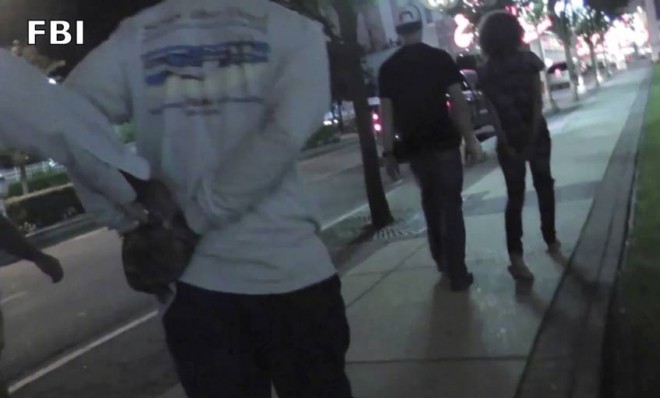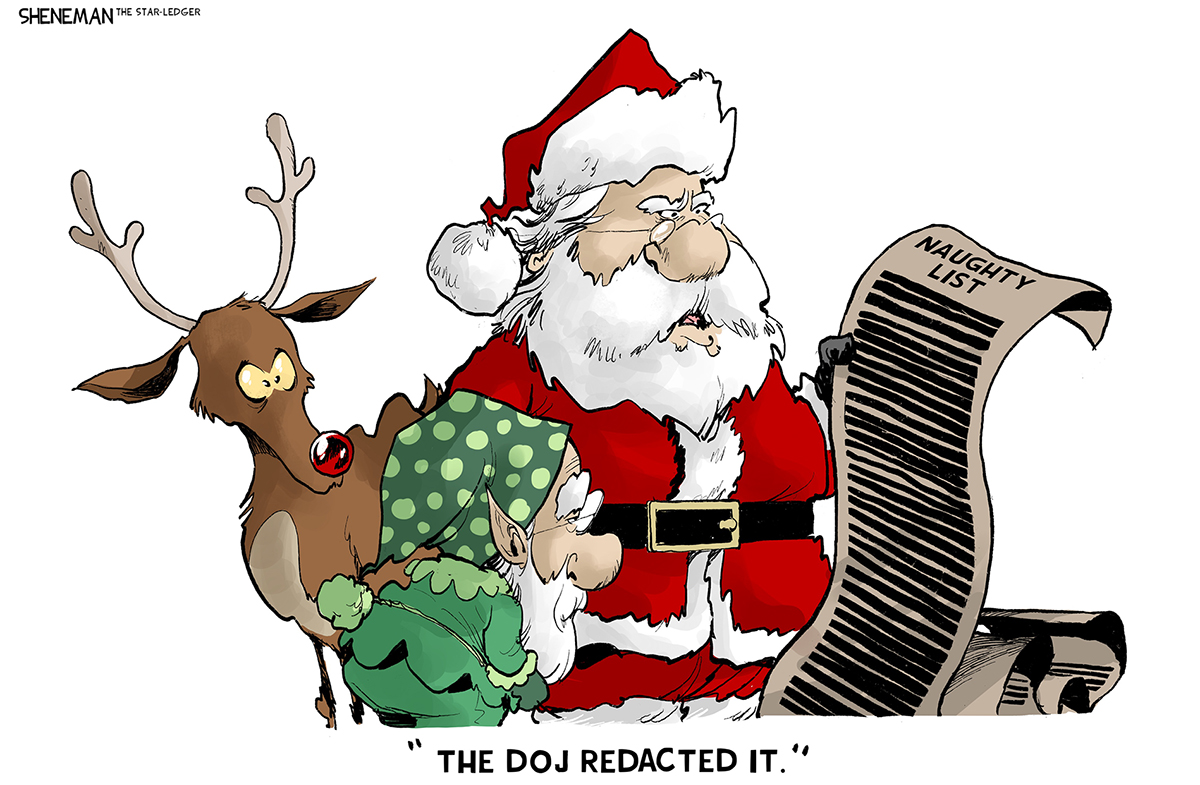How the FBI busted 159 suspected child-prostitute pimps in 72 hours
The feds and local law enforcement agencies also rescued 105 underage prostitutes. Sadly, there are still many more out there.


While you were (hopefully) enjoying your summer weekend, the Federal Bureau of Investigation and local law enforcement agencies were executing a nationwide sweep for underage prostitutes and the pimps who lured them into the sex trade. Over 72 hours, 159 suspected pimps were arrested and 105 child prostitutes, mostly female and as young as 13, were recovered, the FBI announced on Monday.
The sex trafficking of young girls "is a shocking underworld, one that Americans usually associate with faraway places" like Thailand and Cambodia, say Jake Tapper and Sherisse Pham at CNN. This sting is a reminder of "the terrifying reality that human trafficking is a real, and widespread, problem in the U.S."
The FBI-led operation covered 76 cities. In the San Francisco area, 12 underage prostitutes were rescued and 17 suspected pimps arrested; in Detroit, it was 10 prostitutes and 18 suspected pimps; Milwaukee recovered 10 prostitutes and no pimps; and in the Oklahoma City area, three underage prostitutes were salvaged and 13 suspected pimps arrested. Atlanta, Denver, New Orleans, and Jackson, Miss., also had double-digit busts.
The Week
Escape your echo chamber. Get the facts behind the news, plus analysis from multiple perspectives.

Sign up for The Week's Free Newsletters
From our morning news briefing to a weekly Good News Newsletter, get the best of The Week delivered directly to your inbox.
From our morning news briefing to a weekly Good News Newsletter, get the best of The Week delivered directly to your inbox.
This is the seventh Operation Cross Country prostitution sweep coordinated by the FBI and National Center for Missing and Exploited Children (NCMEC), part of the decade-old federal Innocence Lost National Initiative. It was also the most successful, according to the FBI's Ron Hosko. To date, the Innocence Lost initiative has led to the recovery of more than 2,700 underage prostitutes and the conviction of 1,350 pimps.
Here's how it works: The first step is reconnaissance, with local law enforcement scoping out truck stops, casinos, street "tracks" where prostitutes hook, and "websites that advertise dating or escort services," the FBI says. Then the cops start arresting the prostitutes, and through the prostitutes, their pimps. "Information gleaned from those arrested frequently uncovers organized efforts to prostitute women and children across many states," the FBI adds.
Hosko, the assistant director of the FBI's Criminal Investigative Division, credits this year's increase in arrests and rescues to a broader focus on websites like backpage.com, where, he says, "pimps and exploiters gather." The FBI and NCMEC are also getting a better handle on the underground world of underage prostitution, including the jump in sex services at high-profile, high-rolling sporting events like the Super Bowl and the NCAA Final Four tournament.
"More girls are going to be sold at the Super Bowl than, probably, tickets," former child prostitute Asia Graves tells CNN's Tapper. Graves, who now counsels other victims of human trafficking, says these crackdowns are "making a dent" in child prostitution, but to really address the problem, she adds, "you have to go after the 'johns' who are buying the sex," the "demand side." Watch her interview with Tapper:
A free daily email with the biggest news stories of the day – and the best features from TheWeek.com
The suspected pimps who were arrested will be prosecuted, but the FBI considers the underage prostitutes sex trafficking victims, not perpetrators. The "rescue" is only the first step, though, and it doesn't guarantee a happy ending. Authorities try to connect the victims with social service agencies, with the goal being to get them out of the prostitution business.
That makes the post-raid stage "the most important and the most difficult in righting their lives," say Joshua Melvin and Robert Salonga at the San Jose Mercury News. And different authorities have different ideas about what the next best step is for these children: Police often want to keep the girls in protective custody to "break the connection with their former pimps," while many social service agencies have opposed that as being "more trauma for already brutalized people."
Another issue is convincing the rescued prostitutes to quit, when "many teenagers, usually girls, willingly get involved in the sex trafficking believing that it's better than life at home," says Larry Lee at Wisconsin's WSAU radio. Many of these girls come from abusive homes or the foster care system, and the FBI estimates that of the roughly 450,000 children that run away from home every year, a third of the teenagers on the street will be roped into prostitution within two days of leaving home.
Jenniffer Price at the Wisconsin Department of Justice explains that often teen prostitutes "are seeking out things that they're not getting at home, in the areas of love and affection, attention, and sometimes even just basic needs like three square meals a day," and a pimp provides that. With one phone call, the teen sex-trafficking victim can get help. The trick is to get them to make that call.
Peter has worked as a news and culture writer and editor at The Week since the site's launch in 2008. He covers politics, world affairs, religion and cultural currents. His journalism career began as a copy editor at a financial newswire and has included editorial positions at The New York Times Magazine, Facts on File, and Oregon State University.
-
 Elizabeth Gilbert chooses books about women overcoming difficulty
Elizabeth Gilbert chooses books about women overcoming difficultyThe Week Recommends The bestselling author shares works by Tove Jansson, Lauren Groff and Rayya Elias
-
 Turner & Constable: Rivals & Originals – a ‘thrilling’ exhibition
Turner & Constable: Rivals & Originals – a ‘thrilling’ exhibitionThe Week Recommends Celebration of two of the UK’s ‘greatest landscape painters’ at Tate Britain is a truly ‘absorbing’ experience
-
 Political cartoons for December 5
Political cartoons for December 5Cartoons Friday’s political cartoons include DOJ censorship, bombing the New York Times, and more
